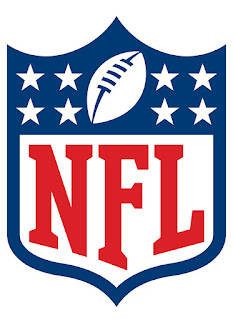If you are new to the world of fantasy football, then you could be overwhelmed by the terminology. There are a lot of terms and phrases that are used by the other owners and they may assume that you also know what they mean. This can create confusion and even put you at a disadvantage.
You’ve probably put in the hard work of figuring out the positions you need to focus on and have been researching how to deal with the bye week. However, without understanding the lingo, you can make a fatal error that can cost you the league championship. With the proper preparation, it could have been avoided.
In this article, we will go over some of the terminology is so you can look like a pro.
Depth chart
While doing your research, you will come across the term depth chart quite a bit. It is a very important part of the research process. Many websites and pundits have a list of the best players at each position ranked based on their abilities. There is not a single one that will trump all the others, so it takes a bit of reading up on how they come to their conclusions to understand how the list will work for you.
Whether you are preparing for the draft or looking for free agent pickups during season long fantasy football, you will need to set your preferred depth chart to help decide.
Types of fantasy leagues
When you are being invited to a league or looking for one to join, it pays off to understand the different types of leagues that there are. Some of them will suit your style and strengths, while others may not.
You’ll often hear about keeper leagues, which simply means that the owners can keep some of the players they had on their team the previous season. A rotisserie league is one in which the owner with the most points from their players for a particular week wins the week.
Much different to a rotisserie league is a head to head one. Instead of accumulating points and seeing which team got the most, two teams are pitted against each other to see who comes out ahead.
Third year wide receiver
During the draft, you will hear a few groans and snickers if you end up using a high draft pick for a wide receiver who is only in their first or second season in the league. WRs entering their third year tend to become a hot commodity. It is commonly thought that wide receivers will break out in his third year and then become more valuable as a draft pick. If they had a good first couple of seasons then they should be a great pick up in their third year.
Of course, there are many exceptions to this “rule” and many people think it is nonsense. There are a lot of factors that go into whether a player is going to have a good season.
